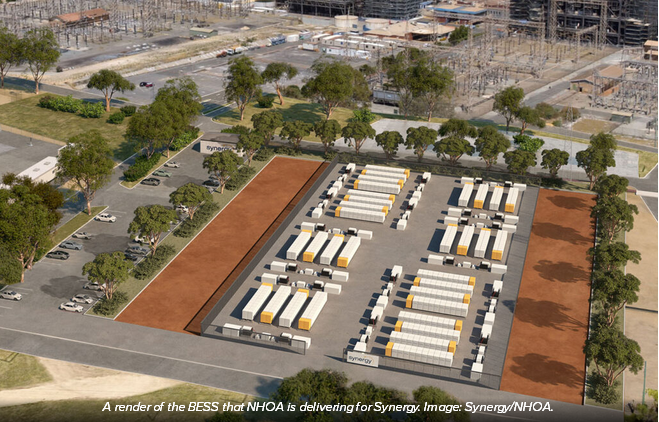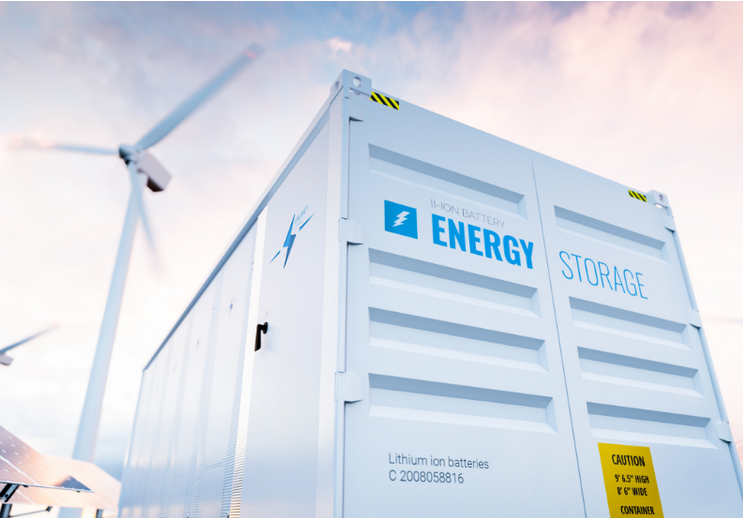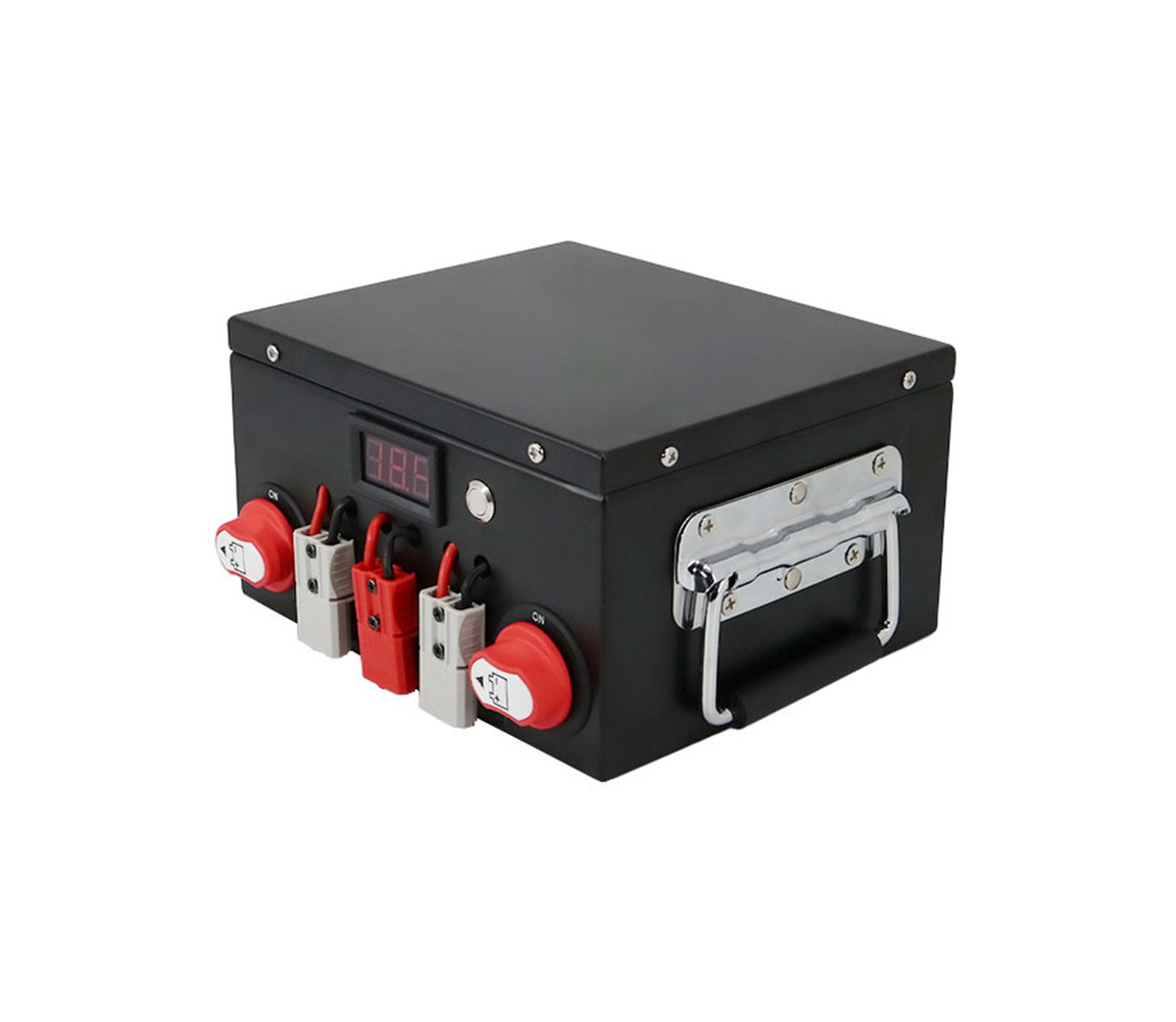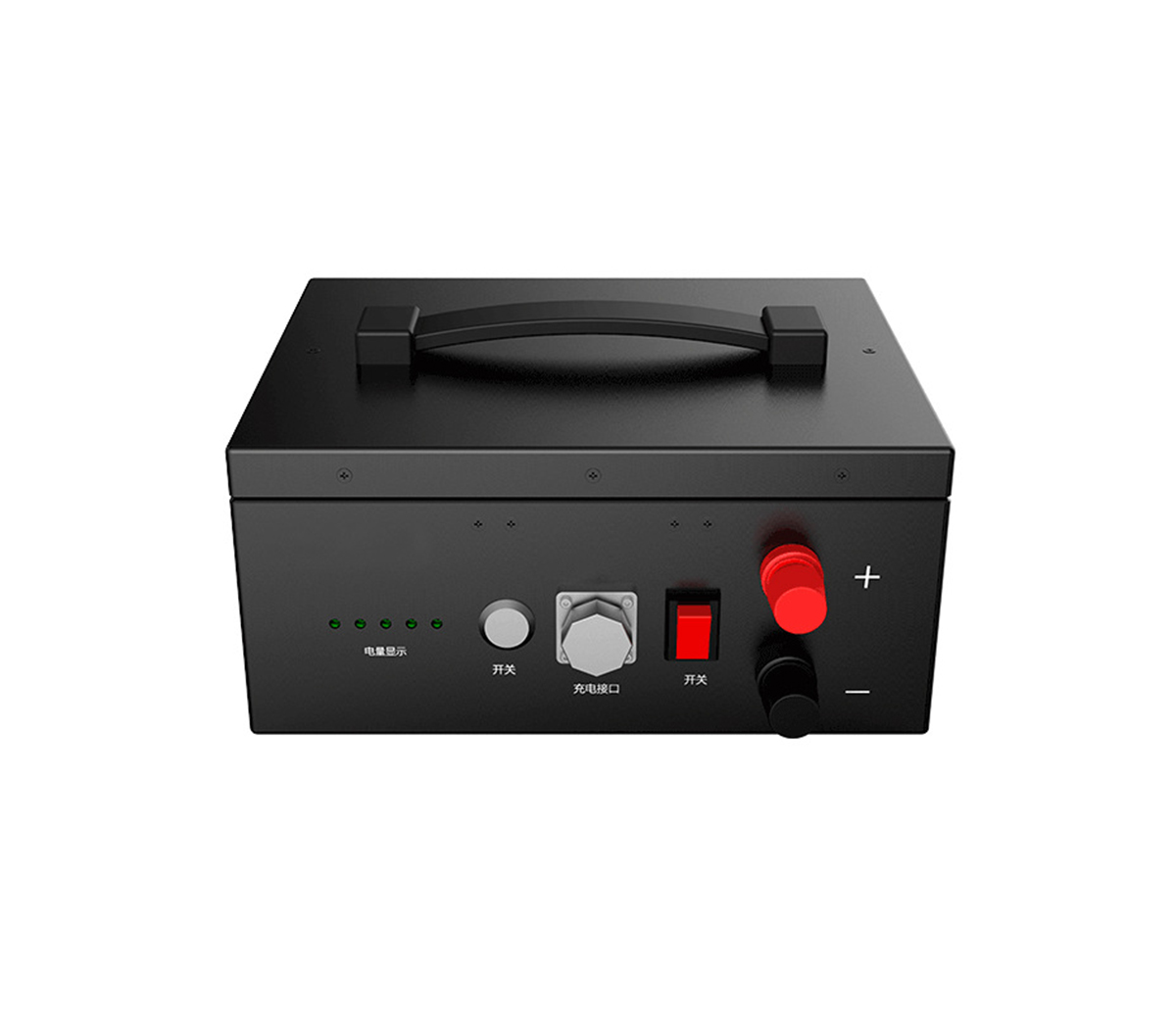Swiss investors enter Texas battery energy storage projects; NHOA deploys
battery energy storage systems in Western Australia; India is bidding for 7.7GWh
of energy storage projects
SES Power is a professional lithium battery energy storage system
integrator with nearly 20 years of experience. We have always had a good
reputation in the lithium ion battery energy storage market. SES Power's
products have a high level of intelligence, such as lead-acid replacement
products with Bluetooth or RS485 communication function (lithium iron phosphate
battery 12V100Ah, 12V200Ah), high current (2000A) start-up lithium battery, UPS
high voltage lithium battery system (up to 860V), 3Kw~20Kw off-grid,
grid-connected, island-type lithium battery energy storage system, base station
communication backup battery system (standard 19 inches), etc. We are very
concerned about the development of the energy storage industry. Let us sort out
the dynamics of the energy storage market for you.
A: A total of 100MW! Swiss fund investor SUSI acquires 10 battery storage
projects in Texas
Swiss fund investor SUSI Partners said a few days ago that it has acquired
10 battery energy storage projects in the planning stage in the US state of
Texas.
SUSI Partners and SMT Energy have jointly acquired a portfolio of battery
energy storage projects with a total installed capacity of 100MW. Each battery
storage system in the portfolio has an installed capacity of 10MW.
John Switzer, CEO and founder of SMT Energy, said the company could move
these energy storage projects from planning to construction in more than a year.
The two parties own and operate a number of projects in South Texas that will
enter the Electric Reliability Commission of Texas (ERCOT) wholesale electricity
market when they open.

(Battery storage project developed by renewable energy developer Eelpower
in the UK)
"Our vision is to have a complete, commercial, grid-side energy storage
portfolio in Texas, and it takes the right partners to do it together," Switzer
said.
The Electric Reliability Commission of Texas (ERCOT) service area covers
approximately 80 percent of the state's customers, making it an ideal area for
battery energy storage development and deployment.
Several energy developers began entering the Electric Reliability
Commission of Texas (ERCOT) service area a few years ago: Small-scale battery
storage projects (with installed capacity below 10MW or less) benefit from a
faster regulatory approval process. But as developers gain more experience and
have proven the economics of these projects, they tend to deploy larger-scale
energy storage systems.
These energy storage projects in the portfolio are scheduled to be
commissioned in the first half of 2023.
Andrew Waranch, CEO and founder of Spearmint Energy, the developer of the
two companies' joint venture, wrote in an article on his website last month that
the deployment of battery storage in Texas is due to the region's The social,
environmental, technological and economic aspects of the world have compelling
drivers.
Texas and California are currently the two leading U.S. states in energy
storage deployments.
In addition, SMT Energy acquired a 340MWh customer-side battery energy
storage project in Los Angeles in 2019, and before that, invested in various
large-scale commercial and industrial (C&I) battery energy storage projects
in Ontario, Canada. SUSI Partners has also formed a joint venture (JV) with UK
energy developer Eelpower to acquire a 1GW energy storage project and a
portfolio of 150MW energy storage projects in the UK battery storage market.
SUSI Partners said the transaction is its second transaction in the U.S.
battery energy storage market after the California transaction, and it is also
the first investment in the new energy transition fund SETF it launched. SUSI
Partners manages funds of approximately 1.7 billion euros ($1.73 billion) from
institutional investors.
Richard Braakenburg, head of equity investments at SUSI Partners, said: “We
successfully completed the deployment of our dedicated energy storage fund last
year, and this investment through our Equity Energy Transition Fund will deliver
on our commitment to battery energy storage to enable become an important driver
of renewable energy integration.”
B: 100MW/200MWh! NHOA deploys battery storage system in Western
Australia
Electric vehicle and energy storage developer NHOA has begun a 100MW/200MWh
battery energy storage system using lithium iron phosphate batteries in Western
Australia.
The Western Australian government said on August 5 that NHOA had deployed
the first energy storage unit in a planned total of 600 energy storage units,
and the deployment of the remaining units will take two months to complete.

(Rendering of the battery energy storage system deployed by NHOA for
Synergy)
The engineering, procurement and construction (EPC) contract for the
project was awarded to NHOA in October last year by Australian energy producer
and retailer Synergy, which also deals in wholesale energy. The project will be
deployed in the Kwinana area, south of Perth.
According to a press release issued by NHOA, the battery storage system
will participate in renewable power transfer, storing excess solar power
generation and discharging it during peaks in grid demand.
The Western Australian government plans to deploy 1,100MW of energy storage
as part of an A$3.8 billion ($2.6 billion) renewable energy infrastructure
package announced in June.
Western Australia Premier Mark McGowan said: "We thank NHOA for their trust
and investment in Western Australia with the establishment of their regional
headquarters in Perth. I recently visited their headquarters to express my
gratitude for their support."
Western Australian Energy Minister Bill Johnston added, “The energy storage
system using lithium iron phosphate batteries will cover an area about the size
of a football field and a half and will be connected to the grid. Synergy will
also install a battery management software system to optimise its performance
and longevity.”
C: India is bidding for 7.7GWh of energy storage projects
Research shows that given the intermittency of wind and solar power
generation, there is a growing demand for energy storage systems to provide 24/7
power.
India currently has a cumulative installed energy storage capacity of
27.2GWh of energy storage systems, 7.7GWh of energy storage projects under
bidding, and 1GWh of pumped storage hydropower projects under development.

In 2021, India's energy storage tender activity has grown by 41%
year-on-year, indicating strong growth in energy storage projects.
India's energy storage sector is expected to see greater growth by 2030 as
battery manufacturing capacity increases, reducing overall production costs.
The two-day Mercom India Solar Summit 2022 took place on July 28 in New
Delhi, India, and discussed issues related to energy storage technology and
markets under the theme "Energy Storage Systems: What Are We Waiting For?"
Panelists shared lessons learned from the global energy storage market, the role
of short- and long-duration energy storage, and technologies that can address
various pain points.
Regarding the demand for energy storage projects, Naveen Khandelwal, Chief
Operating Officer and Chief Financial Officer of Mercom Capital Group, said, “In
addition to increasing the installed renewable energy capacity, there is also a
need to increase the proportion of renewable energy in the grid. Very important.
We need to make sure that renewable energy is dispatchable, which can be done by
adding energy storage capacity.”
Khandelwal suggested that India should pay more attention to various energy
storage technologies, which will help India achieve its energy goals.
He said: “Lithium-ion batteries have become synonymous with energy storage
systems. But the problem is that it is not feasible to use only one energy
storage technology. We need multiple energy storage technologies for long-term
and short-term options. It is clear that energy storage The space is innovating.
Long-duration energy storage should be seen as a different asset class.”
Sumitomo Corporation vice-president Upma Koul added that most components of
energy storage technology can be manufactured in India, stressing the importance
of long-term planning.
Sanskriti Dubey, Marketing Director at Fluence, said: “Energy storage has a
promising future in India and will soon become mainstream. India should create a
level playing field. Setting energy storage targets is a big step in that
direction. We have to look at the needs of the grid and think about what is
needed to balance the grid. We need to learn from developments in Australia and
implement it according to the specifics of India. We should consider the design
requirements, parameters and decommissioning of any energy storage project.”
Khandelwal said it was necessary to continue the momentum and increase the
number of tenders for hybrid deployment projects. He said, “We should support
multiple energy storage technologies, while looking at energy storage systems in
a multi-dimensional way, and regulatory policies should be consistent. Seasonal
energy storage systems are also a technology that can help provide 24/7 power,
which is very important during monsoons. Wind power projects that operate during
this period are critical. Energy storage systems can help provide electricity at
other times of the year.”
Khandelwal stressed that India is a cost-conscious market and combining
energy storage technology with other technologies is a viable approach. He
pointed out that since electricity is a parallel discipline, it should run and
work together to achieve energy goals, which will help the dispatch of energy
storage systems.
Koul emphasized the importance of developing ancillary markets. India
currently does not have any ancillary services mechanism to develop ancillary
markets in India. Energy storage systems will play an important role in the
energy transition of many companies and sectors.





































